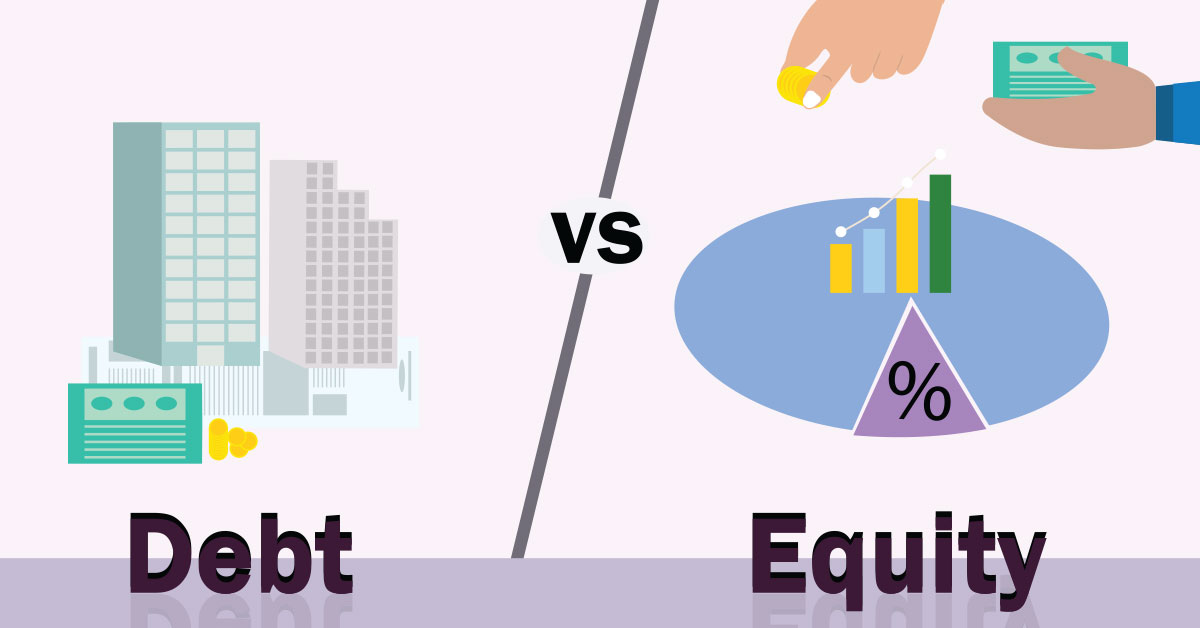
Posted on January 13, 2024 by MergerDomo
Financial Due Diligence for FIs: Beyond the Balance Sheet - A Comprehensive Guide for Financial Investors
Financial due diligence is a critical component of the investment process for Financial Investors (FIs). While examining the balance sheet is a fundamental step, a thorough understanding of the target company's financial health requires a more comprehensive approach. This article explores the nuanced aspects of financial due diligence beyond the balance sheet, providing financial investors with insights into key areas that demand attention for informed decision-making.
I. Traditional vs. Comprehensive Financial Due Diligence
Traditionally, financial due diligence has often focused on the quantitative aspects of a company's financials, with an emphasis on historical performance, assets, liabilities, and cash flows. While these elements remain crucial, comprehensive financial due diligence extends beyond these basic metrics to encompass a broader spectrum of factors.
A. Historical Financial Performance
1. Revenue Recognition: Evaluate the company's revenue recognition policies to ensure compliance with accounting standards. Scrutinize revenue streams for consistency and sustainability.
2. Expense Analysis: Conduct a detailed analysis of expenses, identifying any irregularities or discrepancies. Understand the nature of costs, and assess their impact on profit margins.
3. Working Capital Management: Examine the efficiency of working capital management, analyzing the company's cash conversion cycle, receivables, and payables turnover.
B. Balance Sheet Scrutiny
1. Asset Quality: Assess the quality of assets on the balance sheet, considering factors such as impairment, obsolescence, and depreciation.
2. Liabilities Examination: Thoroughly review liabilities, including debt obligations, contingent liabilities, and provisions. Identify any potential risks associated with these liabilities.
3. Cash Flow Analysis: Analyze the cash flow statement to understand the company's ability to generate and manage cash. Examine operating, investing, and financing activities to identify potential red flags.
II. Beyond the Balance Sheet: Key Areas for Comprehensive Due Diligence
A. Management and Governance
1. Leadership Assessment: Evaluate the competence and experience of the company's management team. Assess their track record in steering the company through challenges and capitalizing on opportunities.
2. Corporate Governance: Scrutinize the company's governance structure, policies, and practices. Identify any instances of non-compliance or ethical concerns that may impact the investment decision.
B. Market and Industry Analysis
1. Market Positioning: Understand the company's market share, competitive positioning, and the dynamics of the industry it operates in. Assess the potential impact of market trends on the company's future performance.
2. Regulatory Environment: Analyze the regulatory landscape in which the company operates. Identify potential risks and opportunities arising from regulatory changes that could impact the business.
C. Technology and Innovation
1. Technology Infrastructure: Evaluate the adequacy and efficiency of the company's technology infrastructure. Assess its readiness to adopt emerging technologies and navigate the challenges of digital transformation.
2. Innovation Culture: Investigate the company's approach to innovation. Assess its R&D investments, intellectual property portfolio, and the ability to adapt to evolving market trends.
D. Employee and Human Capital
1. Workforce Analysis: Evaluate the composition and capabilities of the company's workforce. Assess employee morale, turnover rates, and potential human capital risks.
2. Talent Retention Strategies: Understand the company's strategies for attracting and retaining top talent. A skilled and motivated workforce is often a key driver of long-term success.
III. Risks and Contingencies
A. Operational Risks
1. Supply Chain Management: Assess the robustness of the company's supply chain. Identify potential vulnerabilities and the impact of disruptions on operations.
2. Quality Control: Scrutinize the company's quality control processes to ensure that products or services meet industry standards and customer expectations.
B. Legal and Regulatory Risks
1. Litigation History: Examine the company's litigation history, identifying any ongoing or potential legal challenges. Evaluate the financial and reputational implications of legal proceedings.
2. Compliance Issues: Ensure compliance with industry-specific regulations, environmental standards, and other legal requirements. Identify any instances of non-compliance that may pose risks to the investment.
C. Financial Risk
1. Currency Exposure: Assess the company's exposure to currency risks, especially if it operates in multiple jurisdictions. Evaluate the effectiveness of hedging strategies in mitigating these risks.
2. Interest Rate Risks: Analyze the impact of interest rate fluctuations on the company's financing costs. Assess the effectiveness of interest rate risk management strategies
IV. Integration Planning
A. Synergy Assessment
1. Operational Synergies: Identify potential operational synergies that could result from the integration of the target company. Assess the feasibility of streamlining processes and reducing costs.
2. Revenue Synergies: Explore opportunities for revenue growth through cross-selling, market expansion, or enhanced product/service offerings resulting from the merger or acquisition.
B. Cultural Alignment
1. Organizational Culture: Assess the cultural compatibility between the acquiring company and the target. Misalignment in organizational culture can pose significant challenges during integration.
2. Employee Engagement: Develop strategies to engage and communicate with employees during the integration process. Address concerns, communicate the vision, and provide clarity on roles and responsibilities.
V. Post-Deal Monitoring and Performance Management
A. Key Performance Indicators (KPIs)
1. Establish KPIs: Define key performance indicators that align with the strategic objectives of the investment. Monitor these metrics regularly to gauge the success of the investment.
2. Performance Benchmarking: Compare the target company's performance against industry benchmarks and internal targets. Identify areas of improvement and implement corrective measures as needed.
B. Adaptive Strategies
1. Flexibility in Execution: Recognize that unforeseen challenges may arise post-acquisition. Maintain flexibility in execution, adapting strategies as needed to address changing market conditions and internal dynamics.
2. Continuous Improvement: Foster a culture of continuous improvement within the integrated entity. Encourage innovation, efficiency gains, and a commitment to evolving with market trends.
Conclusion
Financial due diligence for Financial Investors extends beyond the confines of the balance sheet, encompassing a comprehensive evaluation of various factors that collectively contribute to a company's financial health and future potential. By adopting a holistic approach that includes management assessment, market analysis, technology evaluation, risk identification, and integration planning, investors can make well-informed decisions that align with their strategic objectives. As the investment landscape continues to evolve, a nuanced and thorough due diligence process becomes an indispensable tool for mitigating risks, maximizing opportunities, and ensuring the long-term success of financial investments.




